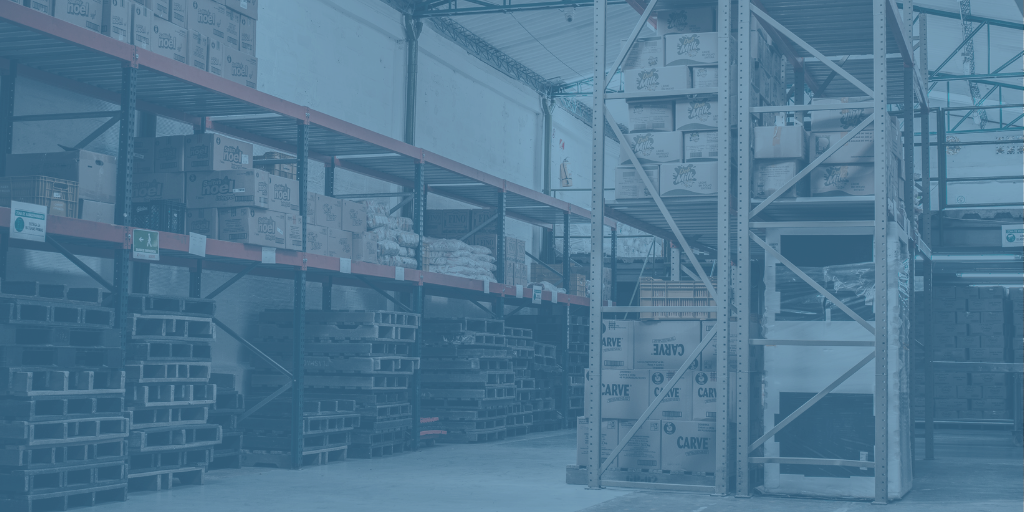8 Warehouse KPIs You Need To Know
There are countless KPIs that can impact freight management, and it can be tough to keep track of them all. Here we highlight 8 of the most crucial...
.png)
The fulfillment process is an integral part of the customer experience, and you should strive to make it as efficient and reliable as possible. A streamlined fulfillment process can also help you reduce costs and minimize the risk of lost or damaged orders. While there are many factors to consider when fulfilling orders, the following seven KPIs are some of the most important ones to track.
On-time shipping is a metric that measures how well your business ships products and orders on time. A high on-time shipping rate indicates you are efficient and capable of meeting customer expectations. On the other hand, a low on-time shipping rate means you are likely damaging customer loyalty and trust, which can negatively impact your bottom line.
Several factors affect your on-time shipping rate, including order volume, product complexity, lead time, and carrier reliability (learn how to gauge carrier reliability in our ebook: Parcel & Freight Auditing!). That's why it's essential to constantly monitor and optimize your shipping process to ensure that you're meeting or exceeding customer expectations.
Order cycle time is the total time it takes to receive and fill an order. This metric is vital because it helps you track performance and improve efficiency.
There are a few different ways to measure order cycle time. The most common method is to take the average of all orders placed during a certain period. This metric is also very helpful for tracking progress over long periods of time.
Also known as fill rate or order accuracy, perfect order percentage is a metric that measures how often an organization ships the right products in the right quantities and to the right customers on time. In other words, it measures how well your business can meet customer expectations.
Achieving a high order percentage is essential for any retail business to be successful. After all, if you're constantly shipping incorrect or incomplete orders, your customers will go elsewhere.
Order picking is the process of selecting the correct items from inventory to fulfill a customer order. If even one item is wrong, it can cause significant delays and disruptions in logistics down the line. That's why order-picking accuracy is such a critical fulfillment KPI.
A few factors go into calculating order-picking accuracy, but the most important one is simply the number of errors made per order. The goal is to have as close to a 100% success rate as possible, but even businesses with relatively high accuracy rates can still make dozens or even hundreds of errors daily.
This metric measures the number of orders filled completely and on time, divided by the total number of orders. A high order fill rate percentage indicates that your business is efficient at fulfilling orders, while a low order fill rate percentage could show inefficiencies in your order fulfillment process.
Several factors can impact your order fill rate percentage, including inventory levels, staff productivity, and shipping delays. By monitoring this KPI closely, you can identify areas for improvement in your fulfillment process and make changes to increase your order fill rate percentage.
A high line-item fill rate percentage means that you have a good handle on your inventory and can fulfill most customer orders. A low line-item fill rate percentage indicates you're not doing a good job of tracking your inventory or fulfilling customer orders.
There are a few things you can do to improve your line-item fill rate percentage:
Keep better track of your inventory levels
Make sure employees receive training on how to use the inventory management system
Streamline your order fulfillment process
Use a fulfillment service that can scale with your business
Orders picked per hour tells you how productive your picking and packing processes are and how well you can keep up with customer demand.
There are a few different ways to calculate orders picked per hour. The most common method is to take the total number of orders picked in a given period and divide it by the number of hours worked. This will give you an average.
Whatever method you use to calculate orders picked per hour, it is crucial to track this metric over time to identify trends and areas for improvement. If your orders picked per hour are trending down, it could indicate that your pickers are becoming less productive or that customer demand is increasing.
Check out some of our other posts with checklists to help keep your warehouse and shipping processes moving!
7 Shipping Operations KPIs You Need to Track
8 Warehouse KPIs You Need to Know
4 Intermodal Tips for Successfully Reduced Freight Costs
Top 3 Shipping Controls You Need Now From Your TMS Platform
5 Ways You Can Improve Inventory Forecasting
9 Questions to Ask When Buying a Transportation Management System

There are countless KPIs that can impact freight management, and it can be tough to keep track of them all. Here we highlight 8 of the most crucial...

Navigating the world of Less-Than-Truckload (LTL) shipping can be complex, but with the right LTL shipping solutions, businesses can transform these...

Shipping plays a crucial role in the buying experience, whether it’s wholesale, retail, or B2B. Many studies show that as high as 85% of buyers would...